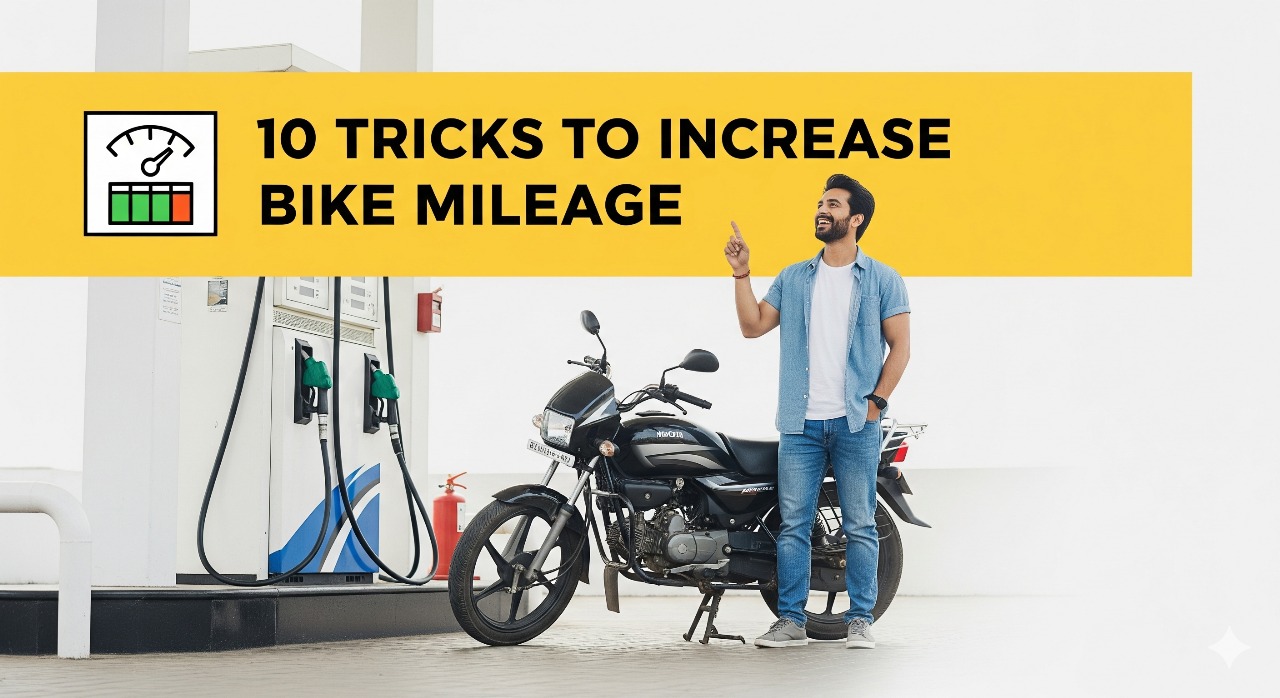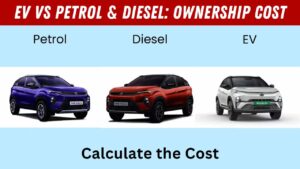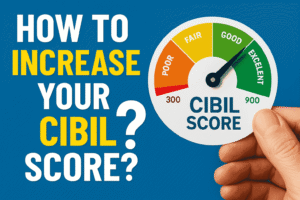Most riders know the basics: keep tyre pressure correct, ride smoothly, and service your bike on time. But if you stop there, you’re missing out on several hidden factors that affect petrol consumption. Fuel efficiency is not just about riding style; it’s connected to engine technology, combustion science, and even how petrol evaporates.
In this blog, we’ll share 10 informational and lesser-known tricks for increasing mileage and saving petrol on your bike.
1. Understand the “Sweet Spot RPM”
Every bike has an RPM range where the fuel burns most efficiently. For commuter bikes, it’s usually between 3,000–5,000 RPM. Riding outside this range (too low or too high) reduces efficiency. Most people focus only on speed, but monitoring RPM is a more accurate way to save fuel.
2. Petrol Evaporation Loss Is Real
Did you know that petrol starts evaporating at temperatures as low as 35°C? Parking your bike in direct sunlight with a half tank can actually make you lose fuel without even riding. Always park in the shade and keep your fuel tank cap tightly closed.
3. Use Fuel Additives Carefully
Some certified additives improve combustion efficiency and clean carbon deposits inside the engine. They’re not magic mileage boosters, but when used correctly, they can give a 5–7% improvement in fuel efficiency.
4. Check Chain Tension and Lubrication
A tight or dry chain makes the engine work harder, indirectly wasting fuel. Regular lubrication reduces friction and helps maintain mileage. Surprisingly, this simple maintenance is often ignored by riders.
5. Warm Up Only When Needed
Older carburettor bikes needed long warm-ups, but modern fuel-injected bikes do not. Keeping your bike idling for minutes before riding is just fuel wastage. A 30–40 second warm-up is enough.
6. Aerodynamics Matter More Than You Think
At speeds above 60 km/h, wind resistance increases sharply. Even something as small as keeping your jacket unzipped or adding a bulky accessory to your bike can reduce efficiency. Riding with a tucked posture and fewer drag-causing accessories improves mileage.
7. Use Navigation Apps to Avoid Idling
Apps like Google Maps don’t just show routes; they can help you avoid heavy traffic signals and idling time. Fuel wasted in traffic jams is one of the biggest hidden causes of low mileage in cities.
8. Tank Filling Technique
Always fill petrol during cooler hours (early morning or late night). Fuel density is higher when the temperature is low, which means you actually get more petrol for the same money. Also, avoid “auto-cutoff topping” multiple times as it increases vapor loss.
9. Ride with Proper Posture
Leaning too much forward or sitting in an imbalanced way increases drag and strain on the bike. Maintaining an upright, balanced posture ensures the engine doesn’t waste extra power.
10. Check Spark Plug Color
Most riders don’t bother checking spark plugs, but the plug tip color tells a lot about fuel combustion. A healthy spark plug should be light brown. If it’s black or oily, it means incomplete combustion → wasted fuel.
Conclusion
Improving mileage isn’t only about riding smoothly; it’s about understanding how fuel works, how bikes burn it, and how small lifestyle changes can stop invisible wastage. Tricks like parking in the shade, filling petrol at cooler times, monitoring RPM, and even posture adjustments can make a real difference.
By applying these lesser-known methods along with the basics, you can maximise your bike’s efficiency and save significant money on petrol every month.










